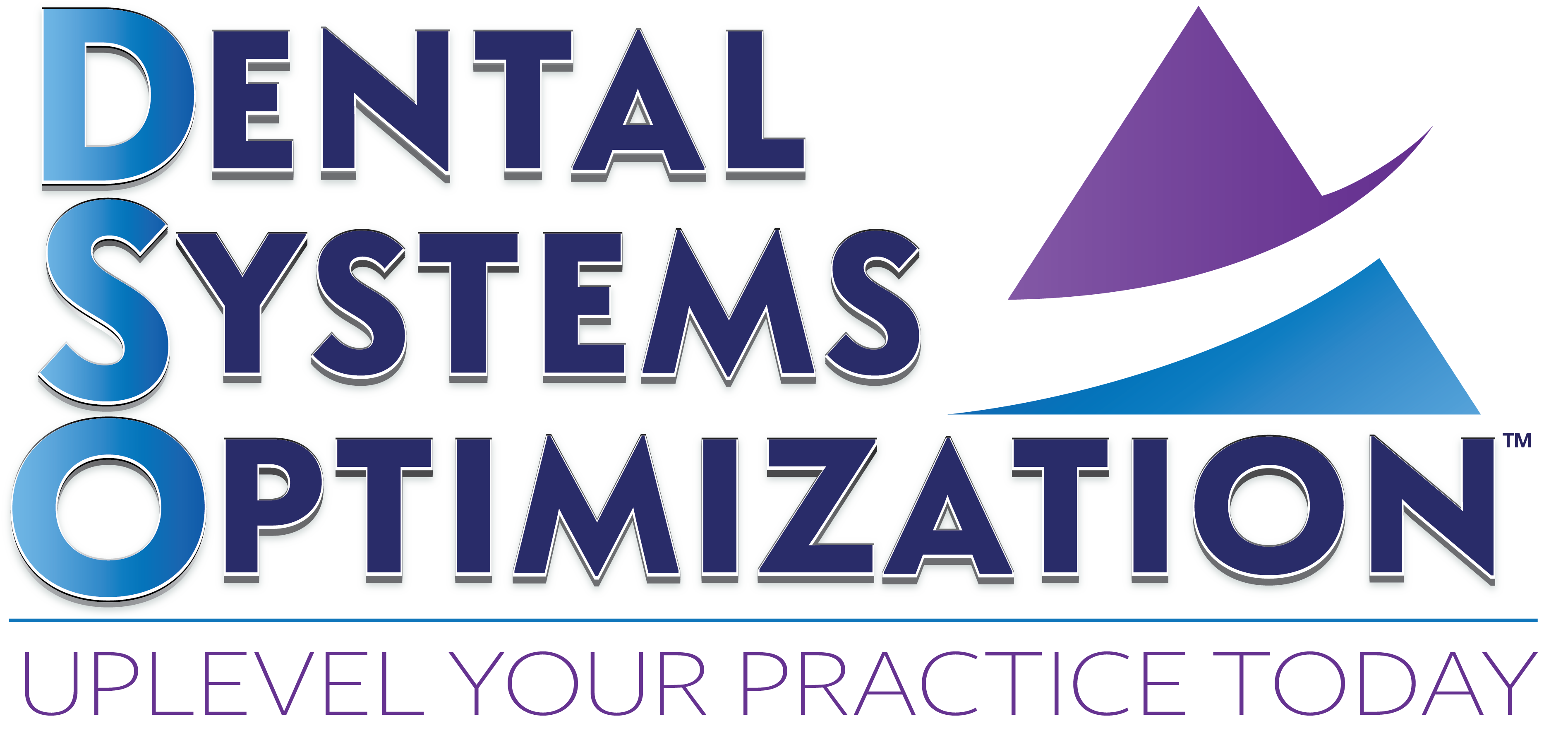It’s not great insight to say that COVID-19 has changed the world and in particular our workplaces and professional lives. The rapid changes made necessary by the pandemic, including the shift to remote work, distance learning, and telecommuting are transforming our ideas of what work/life balance is and how office management works. On every level, professionals have had to show resilience, adaptability, and foresight in navigating the challenges and conundrums presented by COVID.
And while we’ve proven adaptable so far, there are further challenges on the horizon. One of the biggest unspoken issues facing workplaces around the country is the difficulty many professionals face in their ongoing recovery from the COVID-19 virus. The long-term effects of COVID-19 are still not fully understood, but it is well established that many COVID patients experience aftereffects of the virus that last for months after their recovery from the disease itself. The science is still evolving, but here is a summary of what we know so far.
“Long Haulers” and COVID-19 Recovery
“Long Haulers” is the rather blunt nickname for those of us dealing with long-term symptoms after having COVID-19. While long haulers are no longer contagious, the after-effects of the disease are persistent and often problematic. While there are a bewildering variety of symptoms associated with the long-term COVID recovery, some of the more common include:
- Fatigue is perhaps the most common post-COVID symptom and the one that seems to linger the longest. It can present in several ways, from generalized tiredness to full-on exhaustion. Recovery times vary by patient and the treatment model used is similar to that of Chronic Fatigue Syndrome.
- Shortness of breath and/or coughing are also common symptoms, as befitting a respiratory virus. The degree of severity can range from a mild cough to full-blown hacking fits, and from occasional shortness of breath to asthma-like symptoms that require medical treatment.
- Joint and muscle pain or chest pain occurs in many post-COVID patients, particularly in those with a history of arthritis or similar issues. Long hauler joint and muscle pain is believed to be caused by inflammation, possibly due to an autoimmune response, and is treated as such should it become necessary. As with all symptoms, the degree of pain experienced may vary from mild to severe.
- “Brain Fog” is a nebulous symptom, characterized by a lack of focus, inability to concentrate, and scattered thoughts. As always severity varies by patient, as does the duration of the symptom. Per Dr. Fauci, it could last anywhere from weeks to months and can pose a real problem for working professionals.
Depression, mood issues, and executive dysfunction are often found in post-COVID patients, particularly those who required extensive or invasive medical treatment. The resulting symptoms are highly personalized, and treatment may involve anything from rest to therapy to medication or a combination of the above.
There are of course other symptoms less commonly associated with COVID-19 recovery. These may include gastrointestinal issues, changes in taste and smell perception, hair loss, headaches or even migraines, and sleep issues. Every patient is different, and every recovery is unique in its own way.
Organ Damage and Other Life Changes
While the lesser symptoms of COVID-19 recover, as we’ve explored above, are relatively underreported, we are all by now familiar with some of the more serious repercussions of the disease. For those who had a more extreme case and experienced the most serious of symptoms requiring hospitalization or even time on a respirator, the health effects can last a lifetime. COVID can wreak permanent damage on the heart, pulmonary system, and even result in neurological or psychological issues. Kidney failure may occur, as may strokes, seizures, and paralysis. These are the result of more advanced cases with stronger presentations, and while serious concerns about them often overshadow the difficulties experienced by COVID long-haulers.
What Should Employers Do?
Businesses and employers need to display the same patience, adaptability, and resilience with their long-hauler employees that they did in navigating the rest of the pandemic. These are challenging times both personally and professionally, and we are all working hard to find ways forward as we move through the pandemic. With a vaccination plan in action, there may be an end in sight for the major restrictions on office life. However, for those dealing with the lingering symptoms of the illness, recovery may take a while longer. A supportive work environment will help foster their recovery, promote office morale, and ultimately increase trust and reliability.
Innovation and adaptation have gotten us through thus far. Let’s continue to build on those lessons in the months ahead.

